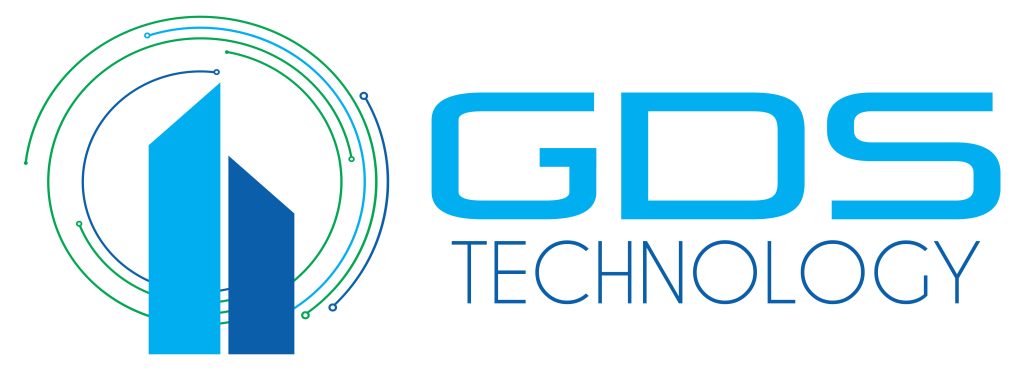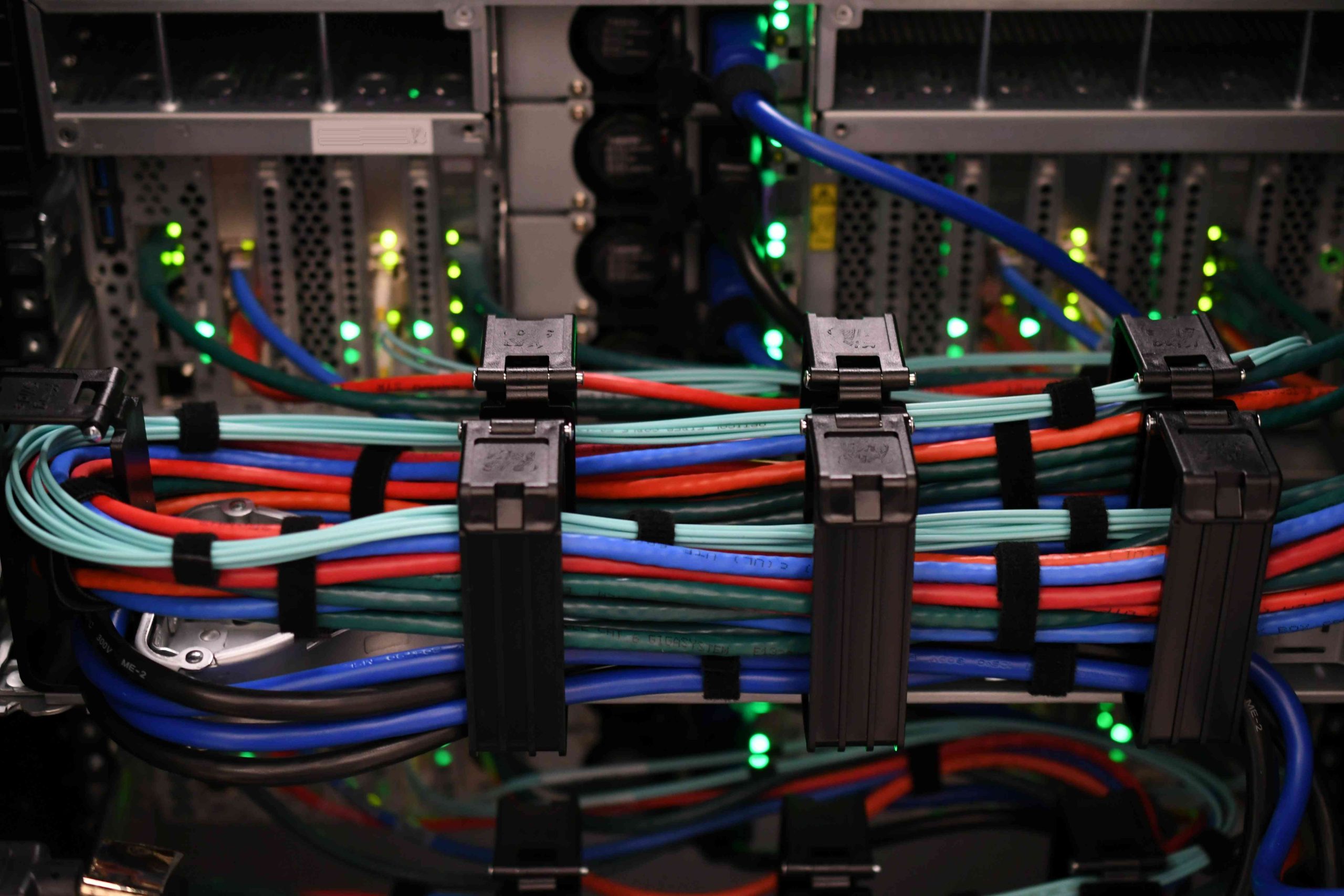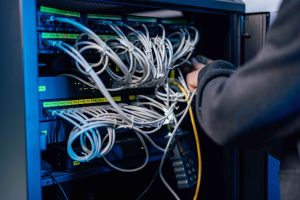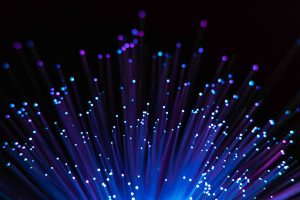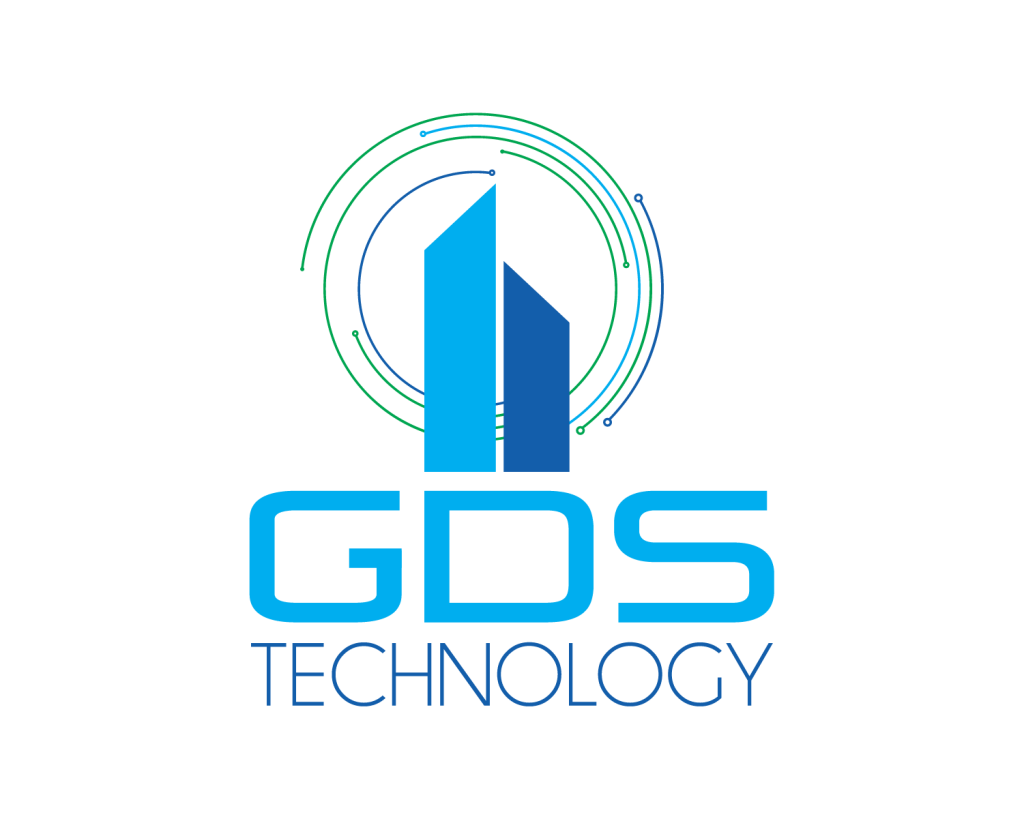Whether you’re planning for a new office space, an office move or a migration to a new network, server or phone system, it’s important to have a data cable installation you can count on. After all, bandwidth — the speed at which you can access the internet — plays a major role in your day-to-day activities at work, and therefore has a large impact on the success of your business.
Convenient tasks such as large file downloads, access to cloud-based apps and HD video conferencing streamline our workloads, but they also require massive amounts of data. Network-connected tools may also require huge amounts of bandwidth to move files — for instance, if your business stores footage from a security camera.
If your internet connection isn’t optimized, these data-heavy tasks cause enormous strain on your bandwidth, which slows down your devices and therefore your staff. The results can include unnecessary downtime, degraded productivity and even a reduction in sales.
The right network cabling, however, increases the efficiency of your workplace technology, making it a valuable investment for your future. It ensures that your internet is optimized for speed and flexibility, providing a communications framework to drive your success.
Data Cabling Services & Solutions
With professional data cabling services and solutions, you can optimize your bandwidth to increase business performance. From designing a new data cabling infrastructure to retrofitting a new office space with updated data solutions, GDS offers expertise regarding products, installation and management to meet nearly any data cabling need.
Cat 5e Data Cabling
Cat 5e, also known as Cat 5 enhanced, ethernet cabling is a type of copper cabling commonly found in business networks. As a more optimized upgrade of Cat 5, Cat 5e cables support faster and more reliable data transmission through networks. Rather than two pairs of twisted wire, Cat 5e cabling is constructed from four pairs of copper wire and encased in heavy-duty shielding to reduce crosstalk, the interference caused by adjacent wires.
Here are the benefits of Cat 5e cabling:
- Speed– Whereas Cat 5 cable transmits data at 10 to 100 Mbps speeds, Cat 5e cabling is capable of 1,000 Mbps speeds at 100 meters of cable length.
- Durability– Improvements in the insulated casing make cables sturdier and longer lasting.
- Flexibility– The flexible nature of Cat 5e cabling makes it easier to install in smaller spaces.
- Affordability– Cat 5e is an affordable option for any business.
Cat 6 Data Cabling
Cat 6, or Category 6 cable, is another type of copper cabling that was designed to complement the gigabit ethernet. It’s the preferred cable type for businesses that need fast and reliable network performance, with reduced chance of signal degradation. Thanks to a thicker encasement, nylon spline coating and a higher cable twist rate, Cat 6 cables reduce interference and crosstalk from both inside and outside the cable, ensuring optimized performance. The benefits of Cat 6 cabling include:
- Optimized bandwidth– Fast speeds up to 10 Gbps offer high video transmission and better LAN performance for your network with no crosstalk interference.
- Backwards compatibility– Because Cat 6 cabling has a similar structure to Cat 5 and Cat 5e cables, it can be plugged into any connection that supports both of those cables as well.
- Upgradability– Business goals often call for improving your data network cabling. If you’re planning to upgrade your network, Cat 6 cabling is ready to optimize and grow with you.
Cat 6a Data Cabling
The new standard for Wi-Fi access points in buildings, Cat 6a is becoming a popular choice for many organizations. This cabling can support data transfer rates of up to 10 Gbps at a bandwidth of up to 500 MHz. And its additional insulation and added/tighter twists help to reduce crosstalk. This style of cabling is most recommended for systems that are intended to last longer than five years, as it is “future-proof” in its abilities and speed.
The benefits of 6a cabling include:
- Backwards compatibility— Cat 6a cabling is backwards-compatible with both Cat 6 and Cat 5e cables and will perform to the lowest-category connector installed in the link.
- Longevity— As the new go-to for industries such as health care and education, it’s clear that Cat 6a is in it for the long haul. Businesses looking to invest in the future should consider this category of cabling.
Fiber Optic Cabling
Fiber optic cabling is network cables made from strands of glass fibers contained within an insulated casing. This style of cabling is ideal for businesses that need high-performance bandwidth or those that support long-distance data networking or telecommunications.
The benefits of fiber optic cabling over copper cabling types include:
- Highest capacity bandwidth– Fiber optic cabling can carry far more network bandwidth than copper cabling. Typically, fiber optic cabling is rated at 10, 40 and 100 Gbps.
- Longer distance transmissions– Fiber optic cabling is ideal for telecommunications and long distance networking, as it can transmit data over much longer distances than copper cabling — all without the need for signal boosters.
- Less interference– Fiber optic cables are less susceptible to interference due to their physical properties.
For over three decades, GDS has been a trusted data cabling partner for organizations throughout Indianapolis and beyond. Our networking staff has experience designing, installing and managing comprehensive data cabling solutions for businesses large and small.
Our team of data cabling experts is committed to helping each of our clients find the best structured cabling solution for their unique needs. Contact us today about data cabling installation, and see for yourself!
